Most Important 36 Hours of the Russia-Ukraine War Loom as Putin-Zelensky Talks Set To Begin at Istanbul — If Putin Shows
Trump hints that he might stop by for the parley, though the Russian leader could prove to be a no-show.

America, Europe, and Russia now may face the most important 36 hours of the Russia-Ukraine war, Europe’s bloodiest since World War II. President Zelensky has challenged President Putin to meet Thursday at Istanbul. If Mr. Putin accepts the challenge, it would be the first face-to-face meeting in five years between these two mortal adversaries.
“I will be waiting for Putin in Turkey on Thursday,” Mr. Zelensky wrote, throwing down the gauntlet through X. “Personally, I hope this time the Russians will not look for excuses.”
President Trump is hinting that he may stop by the Istanbul parley — either to seal a deal or to knock heads. This morning, he arrived in Saudi Arabia for a four-day tour of the region. His secretary of state, Marco Rubio, arrives tomorrow at Istanbul for a pre-scheduled visit. With events evolving fast, Mr. Rubio’s role may switch to playing advance man for a Trumpian grand gesture.
“Don’t underestimate Thursday in Turkey,” Mr. Trump teased before boarding Air Force One last night.
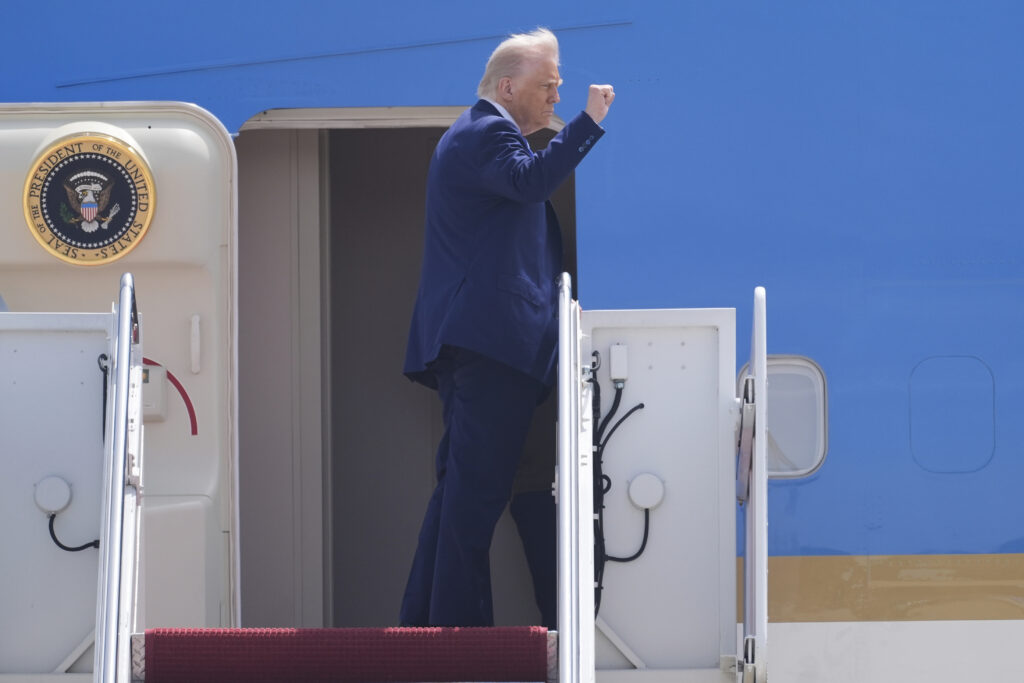
Adding Europe to the mix, Germany’s newly minted chancellor, Friedrich Merz, is testing his own dueling skills against Russia’s veteran leader. In contrast to one of his matronly predecessors, “Mutter” Merkel, Mr. Merz, a flinty conservative, starts his first week in office by testing Mr. Putin. After setting a midnight Monday deadline for the Kremlin to accept a cease-fire, Mr. Merz’s spokesman warned reporters in Berlin: “The clock is ticking.”
The Kremlin spokesman, Dmitri Peskov, reacted: “The language of ultimatums is unacceptable. You cannot talk to Russia like this.”
If the guns do not stop, the European leaders say that this morning they will start drawing up stiffer sanctions — on Russia’s oil and gas sales and its banking transfers. In America, a Trump ally, Senator Graham, says that he has bipartisan support for a bill to enact “bone-crushing” new sanctions on Russia, including a 500 percent tariff on imports from countries that buy Russian oil, gas, or uranium. Last week, Mr. Trump threatened to slap more sanctions on Russia.
The cease-fire deadline was devised during an unprecedented joint visit last weekend to Kyiv by leaders of Europe’s “Big Four” — Britain’s Keir Starmer, France’s Emmanuel Macron, Germany’s Merz, and Poland’s Donald Tusk. After traveling across Ukraine by train, the four leaders met with Mr. Zelensky and hashed out the cease-fire proposal.
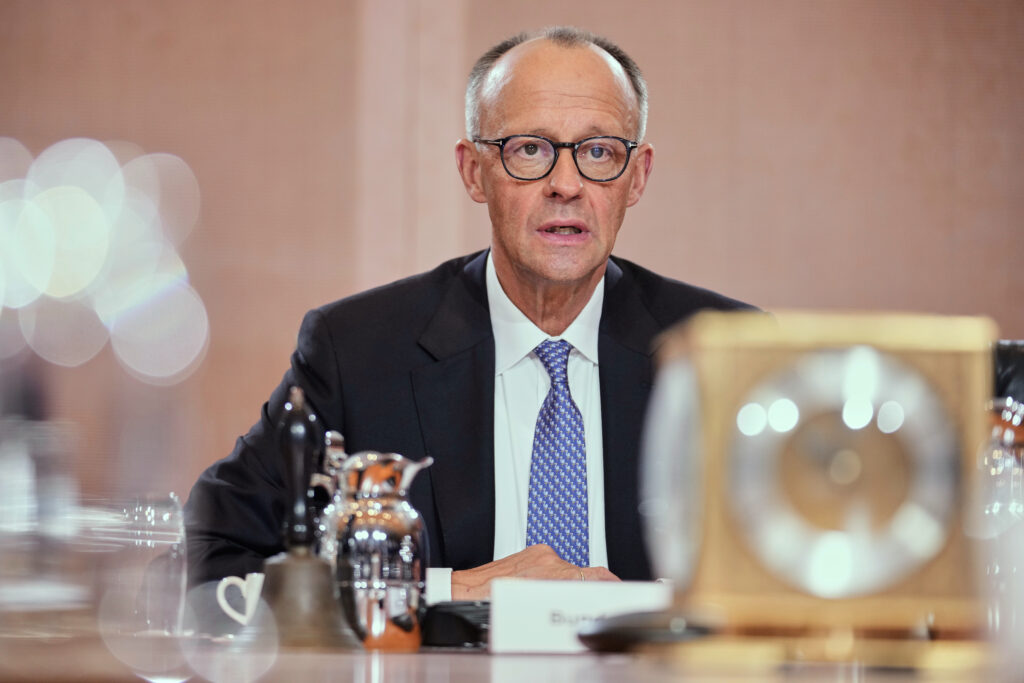
Arguing that for two months Mr. Putin ducked accepting Mr. Trump’s 30-day cease-fire proposal, the Europeans enlisted White House support. In a photo of the five men huddled around a cellphone on a coffee table, Mr. Trump apparently was on speakerphone in a call to Kyiv.
The ultimatum so rattled Mr. Putin that at 1 a.m., he gave a Kremlin “press conference” to foreign and Russian reporters. Questions were not allowed, and Mr. Putin ignored the cease-fire deadline. Instead, he called on Ukrainians to come to Turkey to resume peace talks stillborn three years ago.
On Sunday morning, Mr. Trump jumped into the fray, essentially ordering the Ukrainian leader to go to Istanbul. To everyone’s surprise, Mr. Zelensky switched gears, temporarily suspended the cease-fire plan, and said he would go to Istanbul.
“Russian shelling and assaults continue,” Mr. Zelenskiy said last night. “Moscow has remained silent all day regarding the proposal for a direct meeting. A very strange silence.”
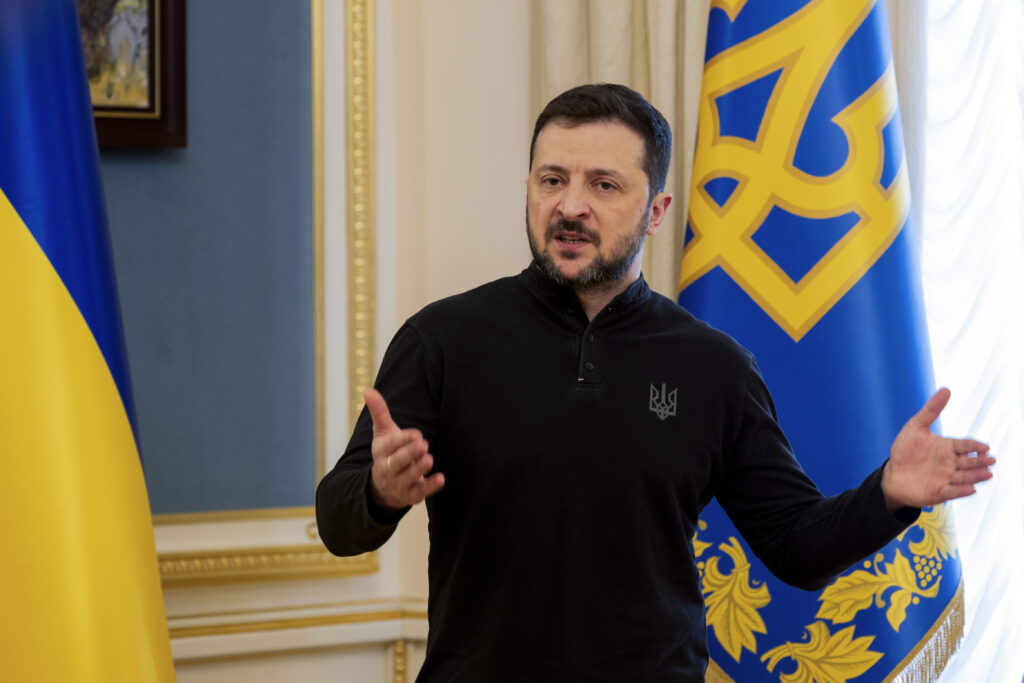
Russia’s leader is in a trap partly of his own making. If he skips the meeting and sends a subordinate, it is a clear signal to Mr. Trump that he is not seriously interested in peace. If he goes, he risks losing his god-like status at home by being put on a par with Mr. Zelensky, a man Mr. Putin’s state-controlled press vilifies.
If Mr. Trump attends, driven in part by ambitions for a Nobel Peace Prize, Mr. Putin could find himself on the losing end of “The Art of the Deal.” Seeking to preserve his relationship with the American leader, Mr. Putin might accept a peace deal he would only accept with Mr. Trump in the room.
To some Europeans, the goal of this exercise is for Mr. Trump to realize that Mr. Putin is not really interested in ending the war. During his quarter-century in power, Mr. Putin has waged five wars. During each one, his popularity rose in polls. War allows for censorship and no tolerance of dissent. Russia’s war economy allows for strong state controls, reminiscent of the Soviet economy of Mr. Putin’s youth.
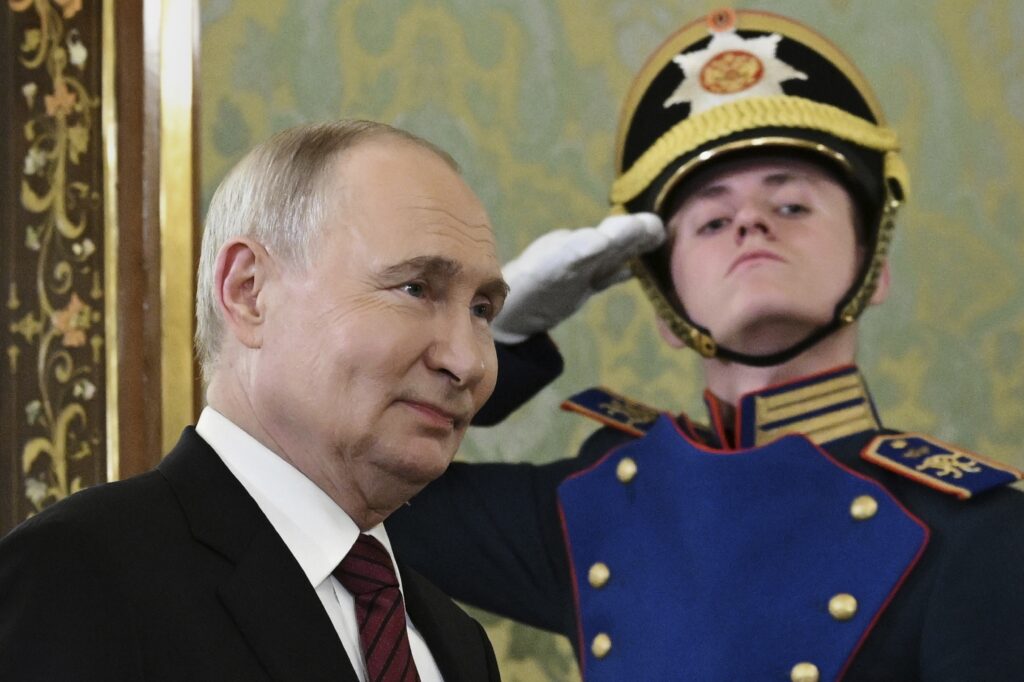
“It’s simple: Ukraine and the democratic world want a ceasefire — Putin wants to keep shooting,” the Czech foreign minister, Jan Lipavský, posted Sunday on X.
Surrounded by yes men and state propaganda, Mr. Putin apparently believes he is winning the war. By conventional standards, it is hard to see victories, Pyrrhic or otherwise. By mid-June, Russia’s toll of dead and wounded is expected to hit 1 million.
For the last 10 months, Russian soldiers have been trying to conquer Pokrovsk, a road and rail junction city 50 miles northwest of Donetsk, a regional capital Russia took 11 years ago. In January alone, Russia had 21,000 men killed or wounded in assaults on Pokrovsk, the Washington-based Institute for the Study of War calculates.
During the first four months of this year, Russia had 160,000 men killed or wounded, Britain’s defense ministry reported last week. It concluded: “So far in 2025, Russia has not been able to translate continued heavy losses into significant advances in Ukraine.”
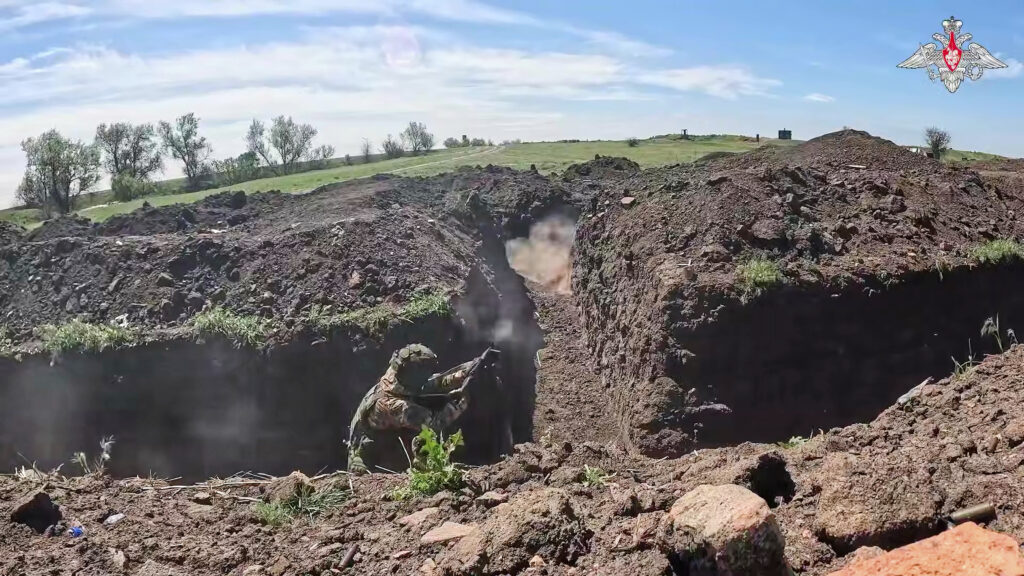
With Russia’s generals preparing a summer offensive, this year could be the bloodiest of the war. Up and down the 600-mile front line, Ukrainian forces are largely on the defensive. Their losses are believed to be about one-third of the Russian ones. Ukrainian drones now patrol a 16-mile-wide “kill zone” targeting anything that moves.
This is the stalemate Mr. Trump and European leaders seek to freeze in place, possibly with a Korea-style armistice. More indicative of this summer’s direction, though, a photo appeared today on Ukraine’s internet showing a Chinese-made Russian Gerbera drone, downed but largely intact. Scrawled in Russian on the back of the delta wing is this message: “There will be no truce.”

